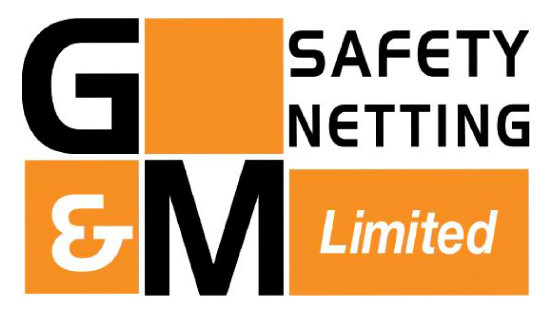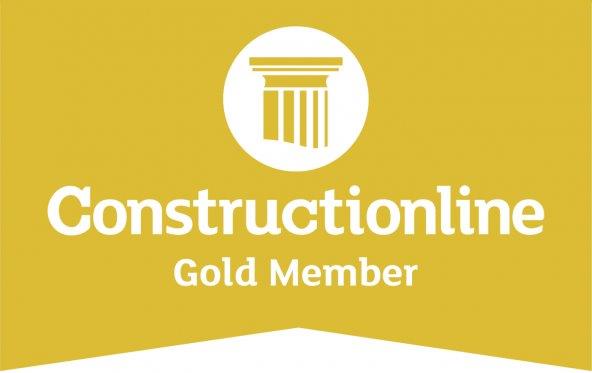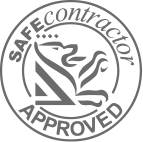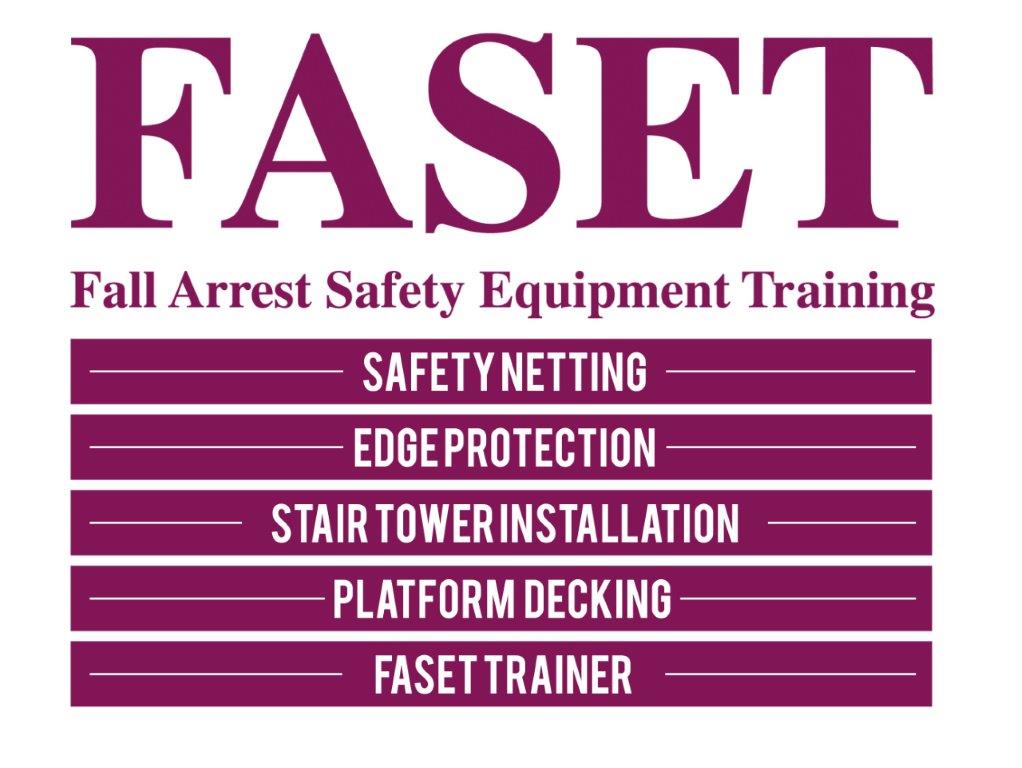Suitable for a wide range of applications
Installer & Training Centre member of FASET
Fast, reliable nationwide delivery
Full supply and installation service available
Request A Quote
For technical enquiries or to request a quotation, contact a member of our sales team 01606 834 630 or office@gmsafedeck.co.uk
Safety Netting at G&M
G&M Safety Netting are specialists in the hire and installation of safety netting to the construction industry.Our safety netting provides a collective form of fall arrest and a faster, safer and more cost-effective solution to traditional methods of fall protection. Competently rigged Safety Net Systems help you to meet the requirements of the Work at Height Regulations 2005.
Why Choose us
G&M Safety Netting is an Installer & Training Centre member of FASET and is committed to the annual testing and rigorous maintenance of all nets. We only use industry recognised and approved fixings. We only use safety nets which comply with BSEN 1263-1: 2014, and our systems are installed to BSEN 1363-2: 2014 & BS 8411: 2007 (industry best practice) to ensure our clients a high quality service. All safety netting installations are carried out by FASET trained staff members who receive ongoing professional training and updates on current legislation.
Applications for our Fall Arrest netting
- New Build
- Refurbishment
- Steel Framed Buildings
- Specialist Installations
Request A Quote
For technical enquiries or to request a quotation, contact a member of our sales team 01606 834 630 or office@gmsafedeck.co.uk








